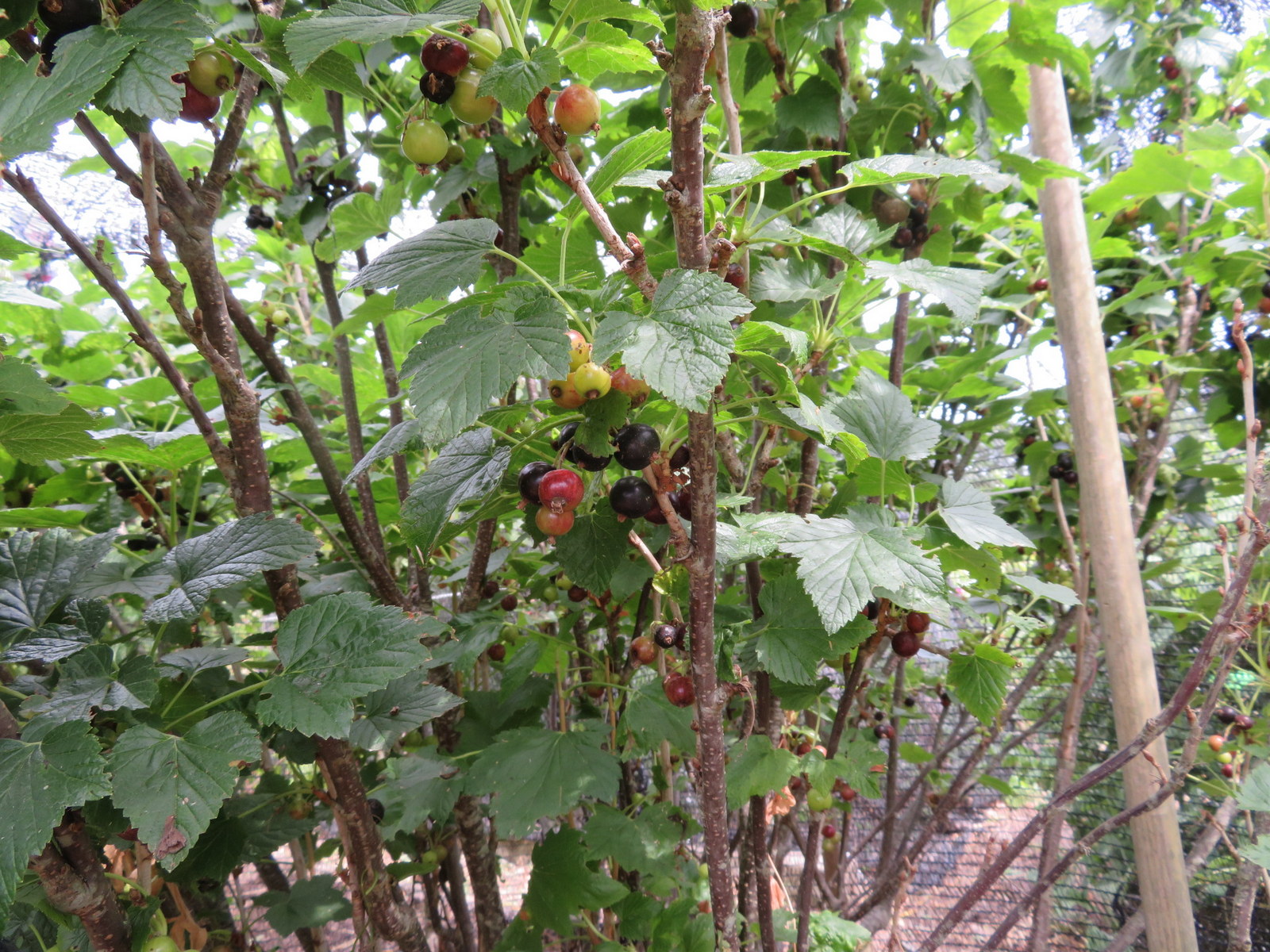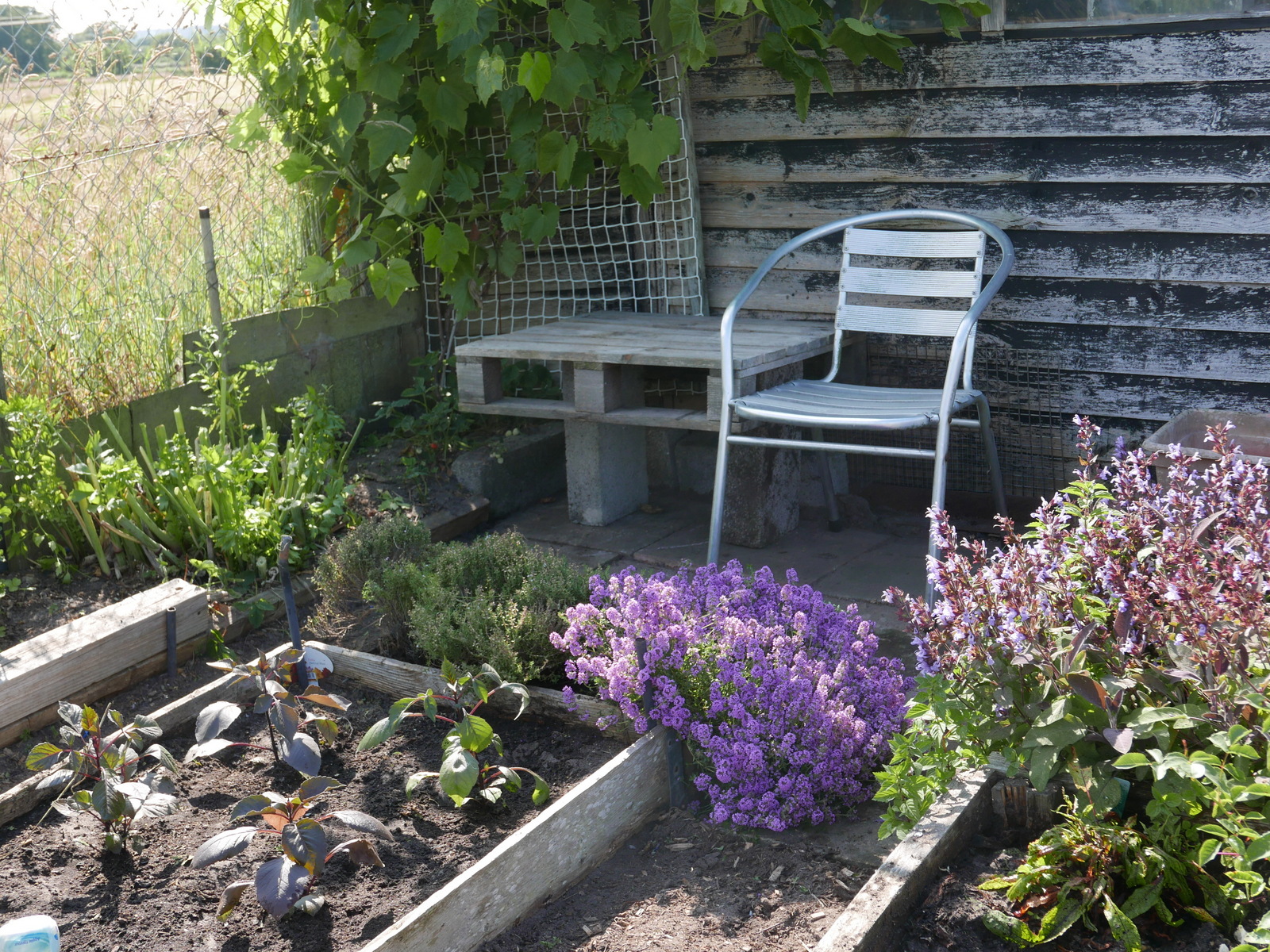
"I have two groups of five bushes of the plain species Rosa moyesii and a solitary R moyesii 'Geranium'.
Both have wonderful single crimson flowers that speckle large upright bushes in a curiously scattered but deeply satisfying distribution. (One of my annual treats is to crawl behind one of the large clumps of the moyesii when in full flower and peer back at the garden through the veil of delicate leaves and blood-red flowers, seeing the world for a moment through that particular mirror.)
I grow them for the flowers alone, but the rose man I respect more than any other, Peter Beales, says, in his book Classic Roses (£40, Harvill), that,
'It is undoubtedly the fruit that makes this rose and its hybrids so popular.'
Last year it fell short on flowers - so, of course, no hips.
But this year it flowered beautifully, so I waited for the fruits with baited breath.
Two. Just two hips are there, and two are not enough to make 'this rose and its hybrids so popular'.
































